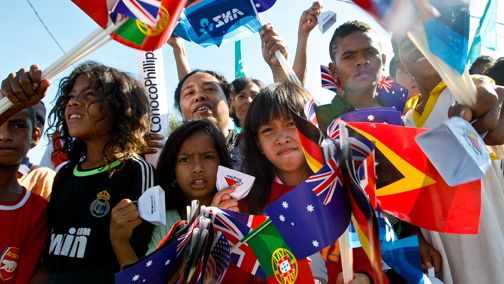Indians, Chinese Account for Missing 1400 Female Babies in Australia
Source: UN World Population Prospects
NEW DELHI: We know how Indians prefer boys over girls, and how it skews the country’s sex-ratio, but a new emerging trend tells us about its far reaching impacts, the one which may go as far as Down Under. Christophe Guilmoto, an international gender expert who has just authored a study for United Nations on gender selection says that Indian and Chinese communities combined account for a “missing 1400 female fetuses” between 2003 and 2013.
"Australia registered 1,395 missing female births during 2003-2013 among Chinese and Indian communities in Australia,” he was quoted as saying on SBS radio of the country.
Guilmoto said there’s no doubt that there’s a skewed trend for Sex-ratio at Birth (SRB) for the two communities. To measure the extent of the disproportion he took the Australian Sex Ratio at Birth (SRB) as referral point and then observed the trend of SRB between the Indian and Chinese communities. The final tally added up to 1395 missing female children, according to him.
"They (pregnant women) have gone for gender testing, early gestation, but they disappear from the system. They say I will go for an ultrasound then they will go for an abortion... If they find it is a female baby, they will go to the abortion clinic from the ultrasound," he said explaining that such trend exists because of loopholes in the system.
Between the decade studied (2003-2013) the sex ratio for number of males per 100 females stood at 105.7 for Australia overall, while for Indians living there it was 108.2 boys per 100 girls, according to Australian bureau of statistics.
A revised 2015 study of data related to world population compiled by UN shows a perfect 100 female per 100 male for Australia presently and for India it stands at, unsurprisingly, 108 males per 100.
The most skewed balance between boys and girls is shown in Arab regions in the study. Saudi Arabia has a gender imbalance of 130 males per 100 females while for UAE it is a whopping 274. It is argued by some that it is skewed so because of a heavy migrant population which live there without families.





